Most trading experts recommend adding ETFs to a portfolio. But with so many options, which are the right ones to buy? Read on to learn everything you need to know about how to evaluate ETFs.
About ETFs
Exchange-traded funds are financial instruments that let investors pool resources to buy a group of assets, just like a mutual fund.
These could be stocks, bonds, real estate, precious metals, commodities, or anything that is traded over an exchange.
Most ETFs are passive, i.e., they simply track a particular sector or market index.
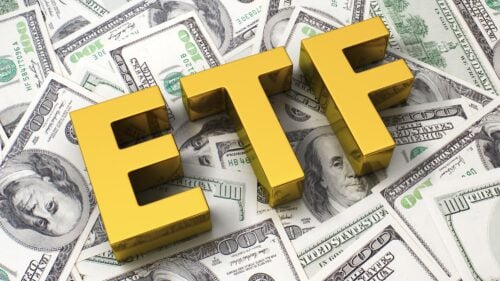
Actively managed ETFs, on the other hand, follow specific investment strategies and pick and choose what to buy or sell accordingly.
Unlike mutual funds, exchange-traded funds can be bought or sold over the stock market, which makes them very liquid.
In general, they also have lower expense ratios as compared to mutual funds
Do ETFs Ever Fail?
Yes, many ETFs fail and close down, typically because they are unable to generate enough revenue to sustain their cost of operations.
ETFs are just like any other business; they need profitability to sustain themselves. When one doesn’t earn enough money or lose investor interest, the fund eventually closes down.
Thankfully, investors usually do not lose their money when this happens. However, it might become more difficult to recover the money.
Such closures may also require significant time and resources for the investor to find a similar product to reinvest in.
Are ETFs a Good Way to Build Wealth?
ETFs can be one component of a portfolio of investments to build wealth. Their ideal use is for diversifying risks while still benefiting from capital appreciation of the underlying index.
However, like all asset classes, they have their pros and cons.
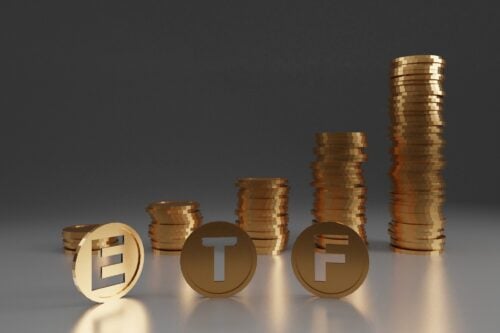
Most importantly, ETFs are not the kind of financial instruments that will (usually) bring in extraordinary returns.
From an investor’s point of view, having a certain percentage of capital invested in them is a good way to counterbalance other riskier bets.
This way, they can protect some portion of their wealth if markets suddenly crash.
Do You Get Dividends From ETFs?
Yes, ETFs can give you dividends. Usually, they simply collect dividends that are shared with stockholders by the companies that are part of the underlying stocks.
They then simply distribute it to their unit holders. Most of them payout these dividends either monthly or quarterly.
ETF dividends can be of two varieties, depending on whether the underlying stock was held for more or less than 60 days.
These types are qualified and non-qualified, respectively.
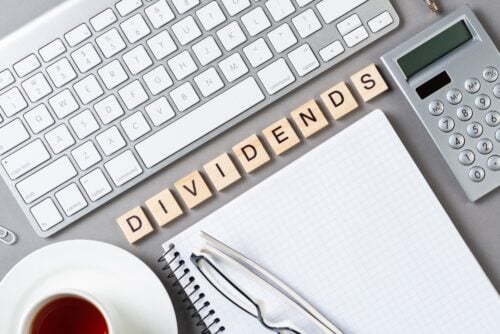
The key difference is that qualified dividends are taxable at capital gains tax rates (which can be beneficial for the investor), whereas the other type gets taxed at ordinary income tax rates.
Related: The 6 Best Entertainment ETFs To Buy Now
The 6 Best Railroad ETFs To Buy Now
How to Evaluate ETFs
There are several parameters to consider when evaluating ETFs: what sectors they comprise, their tracking performance, their structure, and so on.
Let’s go through each of these factors below.
Structure
ETF structures can be of two types: physical or synthetic. The classification is based on whether the underlying index or asset is a physical one or simply a financial derivative.
While physical ETFs are fairly easy to understand, the advantage of using an underlying financial derivative is to magnify the returns.
For example, a leveraged ETF might be using options of an index instead of buying the index stocks directly.
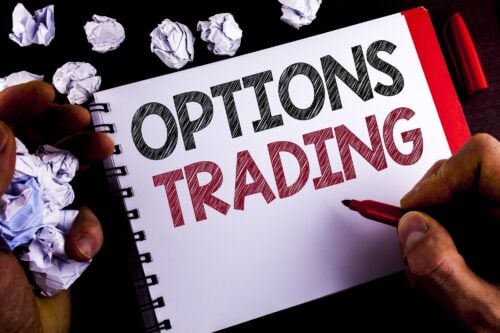
The benefit of doing this is that returns can get amplified 2x or even 3x times what simply tracking an index can give.
However, using options in this way, while enhancing profits, can also end up magnifying losses.
Over the longer term, these losses overshadow gains, and therefore it is not a great idea to hold these funds beyond a few days or weeks.
Sectors or Indexes
ETFs can track a wide variety of indexes. And between them, they may even use different rules for tracking the same one.
It is important to understand why you should include an ETF in your portfolio rather than just choosing ones that “look good.”
Most of these funds have one key purpose: reduce risk in a portfolio. Hence, what matters is the type of risk that needs diversification.
For example, a trader could be worried that the US economy might not do well in the future.
This is known as geographical risk, and to avoid it they might consider investing in ETFs that track indexes in developing markets, China, Japan or any other country.

Another risk could be that of asset class — are the portfolio investments too concentrated around equities and hence subject to market risk?
In such a case, choosing a real estate, fixed income, or precious metals-focused ETF might help to reduce the possibility of a washout during a stock market collapse.
Other risks worth considering are sector-specific risks, inflationary risks, liquidity risks, and so on.
Tracking Difference
As mentioned earlier, passive ETFs are the most common type of funds.
Their intent is to simply give the same return to the investor that they could get by buying the index stocks of the market that the ETF tracks.
However, most ETFs are not able to do this perfectly. There is always a minor difference due to factors such as portfolio optimization decisions.
Tracking difference measures the average gap between the index and the fund over a one-year period.
In the ideal scenario, this number should be zero. ETFs trading close to their fair value have a low tracking difference
When understood this way, this metric is a barometer of the efficiency of these instruments.
A high tracking difference indicates a poorly run fund, whereas a low one shows that the management is doing an excellent job.
Cost/Fees
The expense ratio decides the cost of holding an exchange-traded fund. Passive ETFs can have expense ratios as low as 0.2%.
What also matters is how much the expense ratio is in proportion to the tracking difference with the index.
If the tracking difference is lower, the ETFs performance is better, and hence the fee will likely be proportionately higher.
Advantages of ETFs
ETFs have many benefits: they are low cost, flexible to invest in, and an excellent instrument for diversification. Let’s look at some of the key benefits below.
Diversification
ETFs help the trader easily buy a bouquet of shares or assets without having to undergo the pain of creating it themselves, one by one.
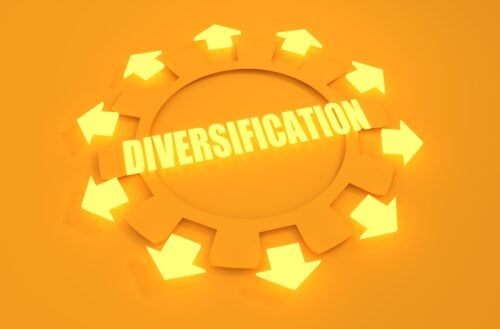
They are one of the easiest ways to add diversification to a portfolio.
Low cost
Their expense ratios are very low compared to mutual funds and other similar instruments.
While a good ETF might have an expense ratio of less than 0.2%, an index mutual fund would possibly charge anywhere between 0.5% to 0.75% of the returns.
Flexible
ETF liquidity is quite high because these funds are traded anytime at a market price decided over a stock exchange.
They are not like mutual funds, which can only be bought or sold at one price during the day — and only from the organization that created it.
Moreover, ETFs are available for almost every asset class imaginable, including shares, precious metals, real estate, bonds, foreign markets, and more.
Transparent
Most ETFs release their holding information daily, unlike mutual funds that only share this information periodically.
Tax efficient
ETFs use an in-kind mechanism for the redemption and creation of new units. This allows them to create fewer “taxable events”, making them much more tax efficient for the investor.
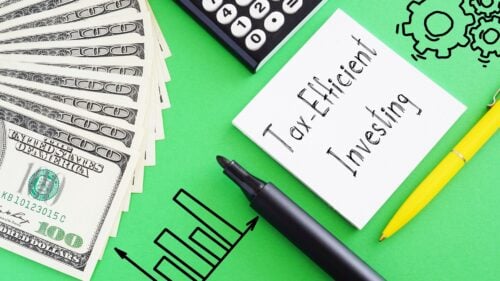
Disadvantages of ETFs
ETFs have plenty of upsides, but there are some downsides to consider.
Lack of control
Since the index being tracked by the ETF is fixed, there is no way to influence its holdings. Investors who prefer not to hold certain kinds of stock may find this lack of control a non-starter.
Fees
ETFs are traded just like stocks, and accordingly, there is a commission to be paid each time they are bought or sold. There is no way to avoid this.
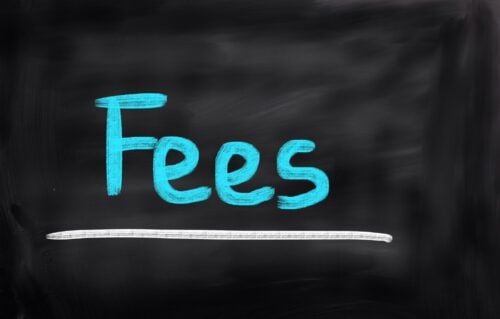
On the other hand, there are mutual funds that have a zero-load option that lets the investor add or sell units without paying anything.
Market Volatility
An ETF is only as good as its underlying securities, as far as volatility is concerned.
New investors might assume that all ETFs are relatively “safe,” but the fact is that the volatility risk depends entirely on what index is being tracked.
Leveraged ETFs
Despite the similar-sounding name, leveraged ETFs are not the same as normal ETFs.
The leveraged variety use very different investment strategies and have much higher risks involved when you consider their long-term performance.
Tax Loss Harvesting
For a stock that has gone down, the investor can sell and claim a loss on their returns, thus lowering tax liability.
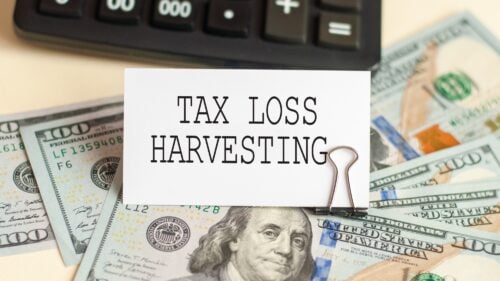
This benefit is not available for a share held as part of an ETF.
How Do You Know if an ETF Is Overpriced?
If the price of an ETF is consistently higher than its net asset value, there might be something wrong with it.
While this situation can and does happen, the price usually corrects itself back to its NAV in a few days.
But if it is happening regularly, the ETF might be overpriced. Ideally, investors should exercise caution.
What Is a Good Expense Ratio for an ETF?
Most ETFs are passively managed, and for them, an expense ratio of about 0.2% is considered appropriate.
If you search hard enough, you might even find passive funds that have expense ratios as low as 0.02%!
Actively managed funds, on the other hand, might be a bit more expensive. 0.5% to 0.75% is considered a good ratio.
Anything upwards of 1.5% is usually considered excessive. And you should compare the likely potential upside versus the cost of ownership before buying them.
How Many ETFs Should I Own?
Most experts suggest having five to ten ETFs of different types in a portfolio. However, there is no one size fits all formula.
The key benefit of ETF investing is that they help diversify the assets held, thereby reducing overall risk.
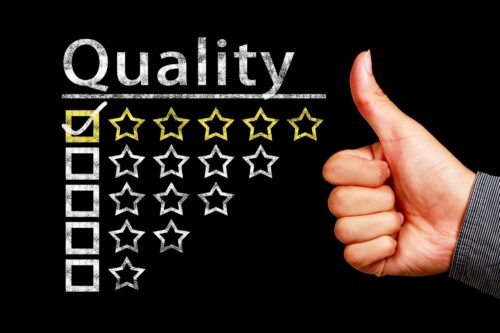
So what matters is not the number of ETFs held but rather the type and quality of funds.
For example, having a few funds, each focused on high-end stocks, mid-caps, and small caps could cover many bases in the equity segment — though, sectors matter as well.
Moreover, getting a few real estate-focused funds and fixed-income ETFs in the mix might further enhance diversity and lower risk.
The intent in owning these funds should be to cover all asset classes in the right proportion. Whether that takes five or twenty should not matter.
Lastly, despite their passive nature, it is important for an investor to regularly keep a watch on their price and performance.
Owning more than fifteen to twenty ETFs might quickly become unmanageable.
What’s Better, Index Fund or ETF?
Both index funds and ETFs offer similar benefits and help minimize risk in investing. However, the latter are slightly more accessible since they are traded on the markets.
Index funds are traditionally bought and sold through mutual funds. They are only available through the firm selling them.
Moreover, their net asset value changes only once a day; hence day trading them is impossible.
One more advantage of buying exchange-traded funds is that they usually have a much lower expense ratio than mutual funds.
Lastly, due to the nature of their capital gains distributions, ETFs create far fewer taxable events and are, therefore, more tax efficient.
What Is the Best Day of the Week to Buy ETFs?
Many trading gurus advise buying stocks, ETFs, and anything else on Monday and selling them on Friday, as a general rule.
The idea behind this is that the prices might be lowest on Monday and highest on Friday.
However, we must clarify that this is just a rule of thumb and not applicable in all cases.
How Long Should I Hold ETFs?
There is no right period for holding ETFs. An investor can keep them for as long as their strategy demands.
In general, traders are either short-term or long-term players. ETFs can fit with both models just like shares.
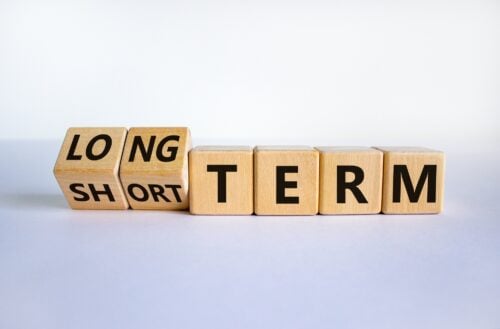
However, some kinds of funds, such as leveraged and inverse ones, are not designed to be held for the long term.
Their returns might deteriorate beyond a short period, as explained earlier in the ETF structure section.
Final Thoughts
ETFs are one of the best ways to diversify a portfolio and reduce risk at a very low cost.
Still, buying an ETF requires proper due diligence. Adding an assortment of ETFs to a portfolio is not a guaranteed recipe for growth.
Some considerations include the expense ratio, the structure of the ETF, what sectors or indices it follows, and its performance on tracking differences.
Moreover, investors should be aware that there are both pros and cons to owning these funds — they may not always be suited to everyone’s needs.
Most trading experts suggest holding anywhere between five to ten ETFs in a portfolio.
However, this number entirely depends on the kind of diversification required and the number of ETFs you can manage at a time.
You might also like:
You might also like:
The 7 Best Cybersecurity ETFs To Buy Now

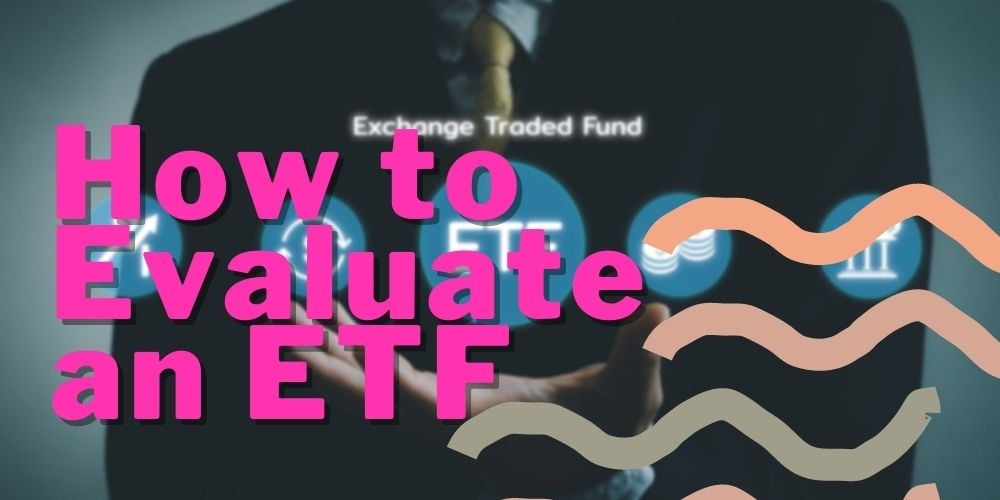
 Tags:
Tags:










